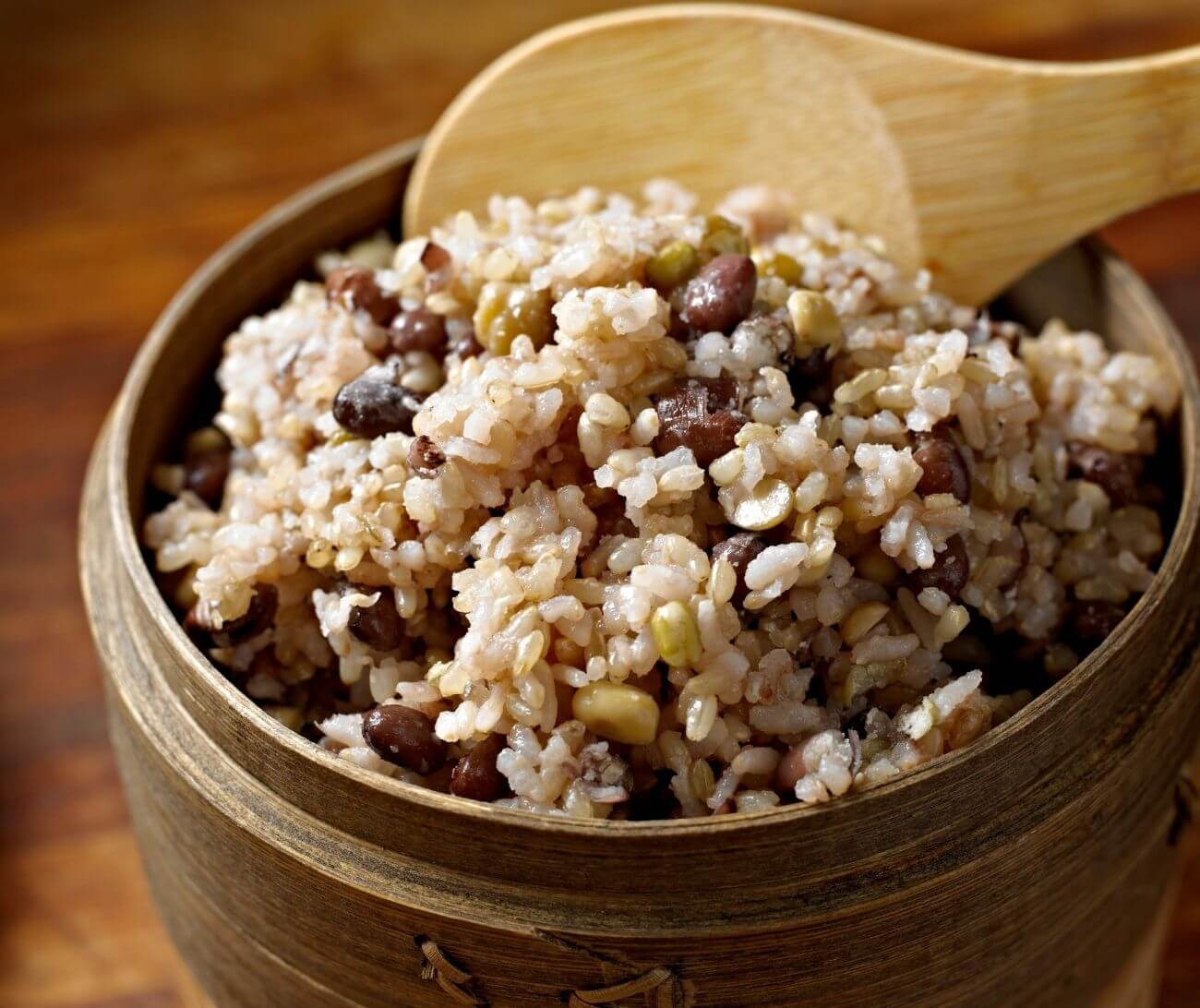Have you ever wondered what makes blueberries blue, raspberries red, and oranges orange? More importantly, can the color of fruits and vegetables tell us something about their nutritional value?
Mounting evidence suggests that the natural colors of plant-based food can provide a helpful guide for selecting the "five-a-day" fruits and vegetables recommended as part of the Dietary Guidelines for Americans.
Combining foods of different colors at every meal is a straightforward approach to a diet rich in various nutrients.
{{mid-cta}}
Why are Fruits and Vegetables So Many Colors?
Plants, including fruits and vegetables, get their color from a large class of natural chemical compounds known as phytochemicals (phyto is Greek for plant).
In human nutrition, a phytochemical is any biologically active molecule of plant origin that provides health benefits beyond basic nutrition, such as lowering the risk of a particular illness.
In other words, all the vibrant colors you see in the produce section don’t just look beautiful but also give a clue about their health benefits.
The Benefits of Eating the Rainbow
There are so many reasons why eating a rainbow of fruits and vegetables is good for your health. These healthy foods contain fiber, which helps with digestion and weight management. They also provide essential vitamins and minerals the cells in your body need for optimal health.
But a primary reason to eat a rainbow is that these colorful foods contain phytochemicals that act as antioxidants. Antioxidants help fight back against free radicals or reactive oxygen species (ROS).
Too many free radicals are linked to inflammation, chronic diseases, and aging because they can damage the body's tissue, protein, and DNA. Normal metabolic processes and environmental influences like toxins, chemicals, or a poor diet create free radicals or ROS.
Eating a rainbow of fruits and vegetables helps your body get enough antioxidants to balance and protect against the negative impacts of free radicals. A diet rich in antioxidants is linked to improved health outcomes and lower overall mortality.
A recent study found that eating more foods rich in phytonutrients (especially flavonoids and anthocyanins, which you will learn about below) cut their risk for cognitive decline by 20 percent.
Fruits and Vegetables by Color: Different Colors, Different Benefits

Nature has color-coded food for us. Plant foods may not come with a nutrition facts label, but their pigment can tell us a great deal about their nutritional content. Let's take one color at a time.
Red Fruits and Vegetables
Vibrant red fruits and vegetables contain health-promoting micronutrients like potassium, folate, vitamin A, and vitamin C. Vitamin A promotes healthy skin and eye health, while vitamin C supports your immune system, acts as an antioxidant, and keeps collagen production strong.
Lycopene, a red pigment found in foods like tomatoes, watermelon, and pink grapefruit, may help protect against certain types of cancer and heart disease. A study found that lycopene reduced cardiovascular disease and stroke risk by 17 percent.
Ellagic acid, found in grapes and pomegranates, is a powerful substance that fights inflammation in our bodies. It can also help our body better metabolize fats and sugars and possibly has anti-cancer properties.
Red fruits and veggies include:
- Tomatoes
- Pomegranate
- Red grapes
- Watermelon
- Grapefruit
- Beets
- Cranberry
Blue and Purple Fruits and Vegetables
Vitamins and minerals in blue and purple foods include potassium, vitamin B6, vitamin C, and folate. The blue/purple pigment found in these foods is due to a type of flavonoid called anthocyanins.
Anthocyanins are powerful antioxidants that help protect against heart disease by reducing inflammation and improving circulation and blood pressure. They may also help lower cholesterol levels and improve cognitive function.
Some blue/purple fruits and vegetables include:
- Blueberries
- Eggplant
- Blackberries
- Purple cabbage
- Plums
- Purple cabbage
- Purple sweet potatoes
Powerful Orange and Yellow Fruits and Vegetables
Another phytonutrient, cryptoxanthin, is found in orange and yellow fruits and vegetables. Cryptoxanthin, the pigment that gives oranges their distinctive hue, is a vitamin A precursor called a carotenoid.
Carotenoids are antioxidants essential for eye and heart health and brain function and may even play a role in cancer prevention. You can also find beta-carotene, another carotenoid, in orange fruits and vegetables (and why you may have heard that carrots are good for your eyes).
Vitamin C, folate, and potassium are found in yellow and orange fruits and vegetables. Some examples include:
- Oranges
- Carrots
- Pumpkin
- Sweet potatoes (yams)
- Pineapple
- Cantaloupe
- Squash (butternut, kabocha, acorn, delicata, yellow)
- Tangerines
Fun fact: eating a lot of foods rich in beta-carotene can make the skin turn orange! This is known as carotenemia and is frequently seen in infants and toddlers. Though it can be alarming to parents, it is harmless and certainly not permanent (and may even indicate a healthy diet rich in fruits and vegetables).
Green Fruits and Vegetables for Vitality
Popeye ate spinach daily, and it was no coincidence that he was strong and full of vitality. Green produce contains vitamins and minerals like folate, iron, calcium, and vitamins C, E and K.
Green veggies also contain flavonoids, plant-derived compounds linked to reduced cancer risk and other chronic diseases. Plus, leafy greens like kale, cabbage, and broccoli contain sulforaphane, a compound that can help fight inflammation and protect against heart disease.
And let's not forget about the benefits of green fruits like avocados and kiwis. Avocados are rich in healthy fats, vitamin E, and potassium and may improve heart health by reducing inflammation and lowering cholesterol levels. Kiwis are high in vitamin C, even more than an orange.
You have many choices for green fruits and vegetables, including:
- Spinach
- Collards
- Chard
- Kale
- Broccoli
- Brussels sprouts
- Green peas
- Kiwi
- Avocado
- Celery
- Arugula
- Zucchini
Brown and White Fruits and Vegetables
While not as bright and colorful as other produce, brown and white fruits and vegetables have many health benefits. Brown and white fruits and vegetables contain essential nutrients like folate, magnesium, potassium, vitamin C, and Vitamin B6.
Veggies in this category also contain potent phytonutrients like allicin. Allicin is the substance in garlic that fights off fungi and bacteria and can even help lower blood sugar.
Cauliflower is also rich in glucosinolates—anti-inflammatory compounds that can help prevent cancer and other chronic diseases. Onions, another vegetable in the brown and white category, contain quercetin, a potent antioxidant.
Try to include a variety of the following brown and white fruits and veggies in your diet:
- Onion
- Garlic
- Potato
- Cauliflower
- Mushroom
- Ginger
- Parsnip
- Turnip
Tips for a Colorful Diet

It’s easy to get into a routine of only eating the same things, but if you mix it up and add more colorful foods into your diet, you’ll reap the benefits of different nutrients. The broader the palette of colors available to you at home, the more balanced your intake of antioxidants, vitamins, and minerals will be.
Here are some tips for adding more color to your meals:
- Experiment with a new-to-you fruit or vegetable every week. A farmer’s market is a great place to find new and interesting produce, but the produce aisle in your local grocery store works, too.
- Buy fruits and vegetables that are in season. They tend to taste better and are usually more affordable than out-of-season options.
- Don’t skip the freezer aisle. Frozen fruits and vegetables (without added ingredients or preservatives) are just as nutritious as fresh produce.
- Top off your salads with extras. Add shredded carrots, red cabbage, chopped cilantro, fresh fruit, seeds, red onion, and nuts to your salad for more color and flavor.
- Try different smoothie combinations. Add spinach, kale, and other greens to your smoothie or some fresh or frozen berries for a sweet kick. Frozen cauliflower makes it extra creamy without adding any flavor.
- Use colorful ingredients like avocado, pomegranate seeds, and cherry tomatoes for added flavor and color.
- Choose at least two colors of the rainbow for each meal to ensure you’re getting various nutrients in your diet.
- Batch prep on the weekends. Roasting and chopping vegetables at the beginning of the week can make meal prep easier and add more color to your meals.
- Join a CSA. Community Supported Agriculture (CSA) programs allow you to support local farmers and receive a box of fresh, in-season produce each week. You can search for local options here or through your local farmers' market.
How to Eat the Rainbow: A Meal Plan
You can easily eat the rainbow by mixing and matching from the following meal plan options:
Breakfast
- Rainbow Smoothie Bowl: Start your day with a colorful smoothie bowl. Blend protein powder, spinach, frozen berries, banana, and almond milk. Top with nuts and seeds.
- Oatmeal with Berries and Seeds: Cook your oats as usual and top them with fresh berries of different colors: blueberries, raspberries, and strawberries. Add nut butter and a sprinkle of chia flax seeds for extra nutrients.
- Avocado Toast with Cherry Tomatoes: Toast a slice of whole grain bread, spread mashed ripe avocado, and top with halved cherry tomatoes. For a protein boost, add a poached egg.
- Vegetable Scramble: Sauté colorful mixed vegetables like red peppers, onions, and spinach. Scramble in some eggs and serve with whole-grain toast.
- Fruit and Yogurt Parfait: Layer Greek yogurt, granola, and a mix of colorful fruits in a glass. You can choose fruits like mango, strawberries, blueberries, and kiwis.
Lunch
- Colorful Quinoa Salad: Mix cooked quinoa with various chopped vegetables like bell peppers, cherry tomatoes, cucumber, and corn. Add protein like grilled chicken or tofu for a balanced lunch.
- Rainbow Wraps: Use a whole grain or high protein wrap and fill it with colorful vegetables and lean proteins. Think purple cabbage, red bell peppers, yellow corn, green lettuce, and grilled chicken or tofu. Top with salsa or a low-sugar sauce.
- Mixed Veggie Stir-Fry with Brown Rice: Sauté a mix of colorful vegetables like bell peppers, broccoli, carrots, and snap peas in olive oil. Season with soy sauce and serve over cooked brown rice for a side.
- Rainbow Bowl: Start with a base of brown rice or quinoa, top with your favorite roasted and raw vegetables, and add a source of protein like grilled chicken, tofu, or chickpeas.
Snacks
- Trail Mix: Combine an assortment of nuts, seeds, dried fruits, and dark chocolate for a protein-packed, vibrant snack. You can opt for almonds, sunflower seeds, dried cranberries, and dark chocolate chunks.
- Greek Yogurt Parfait: Layer Greek yogurt, granola, and colorful berries in a glass for a delicious, high-protein snack.
- Veggie Sticks with Hummus: Slice colorful vegetables like red bell peppers, green cucumber, orange carrots, and purple radishes and pair with hummus.
Dinner
- Rainbow Stir Fry: Stir fry vegetables like broccoli, bell peppers, carrots, and purple cabbage. Serve with your favorite protein and brown rice.
- Colorful Pasta Salad: Cook your favorite high-protein pasta, then mix it with vibrant vegetables such as cherry tomatoes, olives, bell peppers, and spinach. Add grilled chicken or tofu for protein, and toss with olive oil and balsamic vinegar.
- Fish Tacos with Mango Salsa: Grill a piece of your favorite fish, like salmon or cod. Serve it on a soft tortilla with a mango salsa made of diced mangoes, red bell peppers, cilantro, and lime juice.
- Stuffed Bell Peppers: Choose bell peppers of different colors and stuff them with a mix of quinoa, black beans, cooked ground turkey, corn, and diced tomatoes. Bake until the peppers are tender and the filling is heated through. Serve with a dollop of Greek yogurt on top.
Dessert
- Dark Chocolate Avocado Mousse: Blend ripe avocados with dark cocoa powder, a splash of vanilla extract, and a hint of honey.
- Cinnamon Baked Apples: Core and slice an apple, sprinkle it with cinnamon, and bake until tender. Serve with a dollop of Greek yogurt for added protein.
- Chia Pudding with Fresh Berries: Combine chia seeds with unsweetened almond milk and let sit until the chia seeds have absorbed the liquid and formed a pudding-like consistency. Top with fresh berries.
- Grilled Peaches with Greek Yogurt: Cut fresh peaches in half, remove the pit, then grill until char marks appear. Top with a dollop of Greek yogurt and a dash of cinnamon.
- Item 1
- Item 2
- item 3
Topics discussed in this article:
References
- https://www.dietaryguidelines.gov/sites/default/files/2021-03/Dietary_Guidelines_for_Americans-2020-2025.pdfhttps://www.ncbi.nlm.nih.gov/pmc/articles/PMC3650511/
- https://www.ncbi.nlm.nih.gov/pmc/articles/PMC3650511/
- https://www.ncbi.nlm.nih.gov/pmc/articles/PMC5551541/
- https://www.ncbi.nlm.nih.gov/pmc/articles/PMC5097959/#:~:text=It%20is%20well%20known%20that,damages%20and%20impaired%20muscle%20contractility.
- https://academic.oup.com/jn/article/133/3/933S/4688060
- https://www.ncbi.nlm.nih.gov/pmc/articles/PMC6111108/
- https://www.ncbi.nlm.nih.gov/pmc/articles/PMC3850026/
- https://www.thieme-connect.com/products/ejournals/abstract/10.1055/a-0633-9492
- https://www.ncbi.nlm.nih.gov/pmc/articles/PMC5613902/
- https://pubmed.ncbi.nlm.nih.gov/29885291/
- https://pubmed.ncbi.nlm.nih.gov/33540909/
- https://www.sciencedirect.com/science/article/abs/pii/S1388198120300056?via%3Dihub
- https://pubmed.ncbi.nlm.nih.gov/25272572/
- https://pubmed.ncbi.nlm.nih.gov/25153873/
- https://pubmed.ncbi.nlm.nih.gov/32825600/
- https://www.cdc.gov/nchs/products/databriefs/db399.htm
- https://pubmed.ncbi.nlm.nih.gov/24724775/
- https://pubmed.ncbi.nlm.nih.gov/16313697/
- https://pubmed.ncbi.nlm.nih.gov/15570057/
- https://www.sciencedirect.com/science/article/abs/pii/000398619290658J

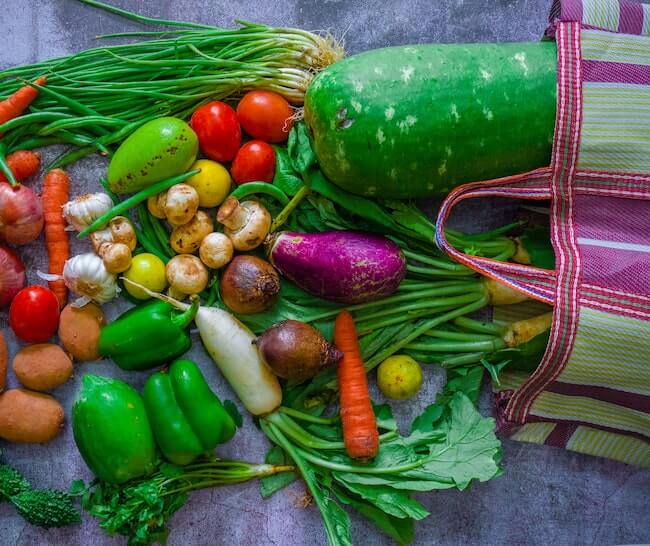


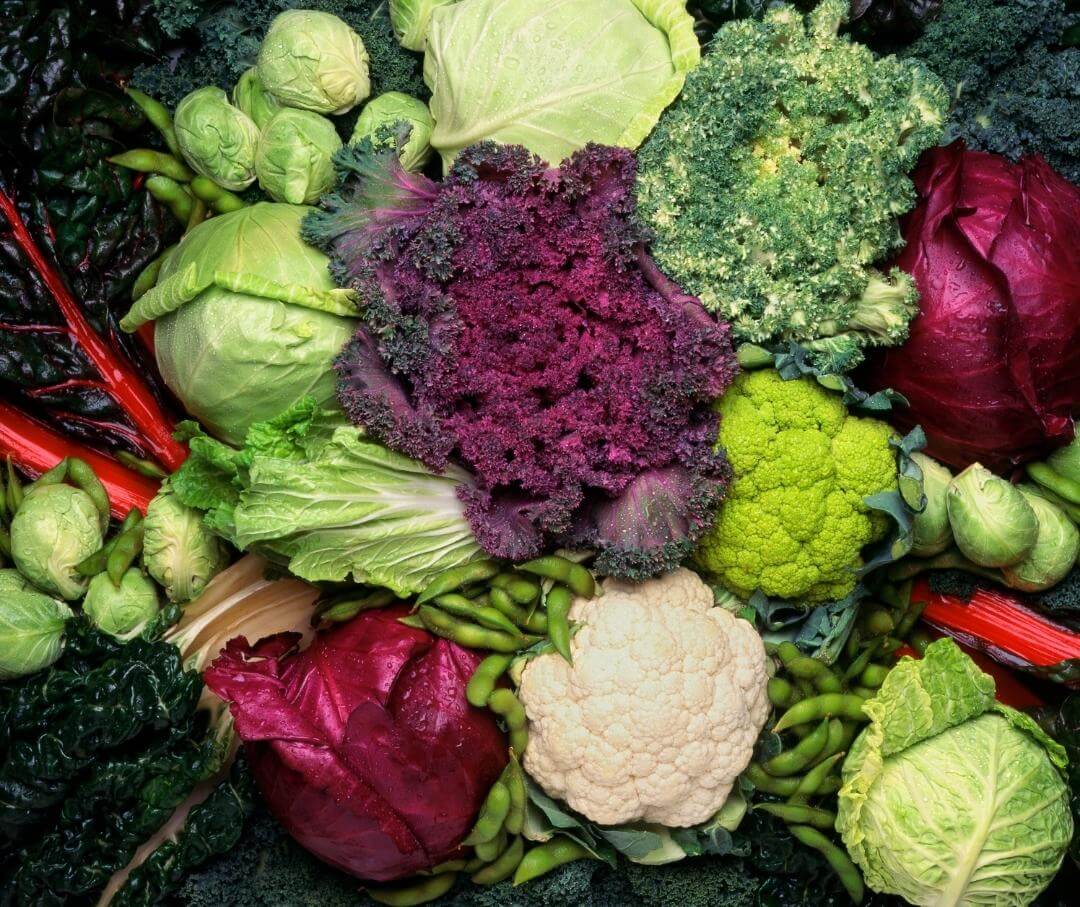
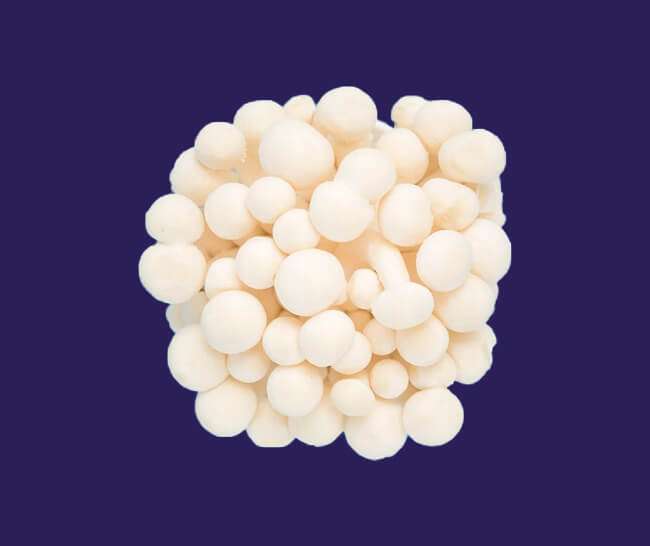
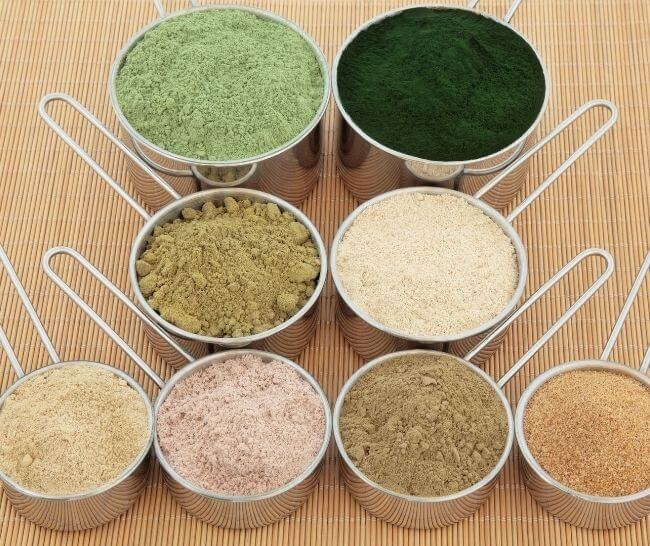
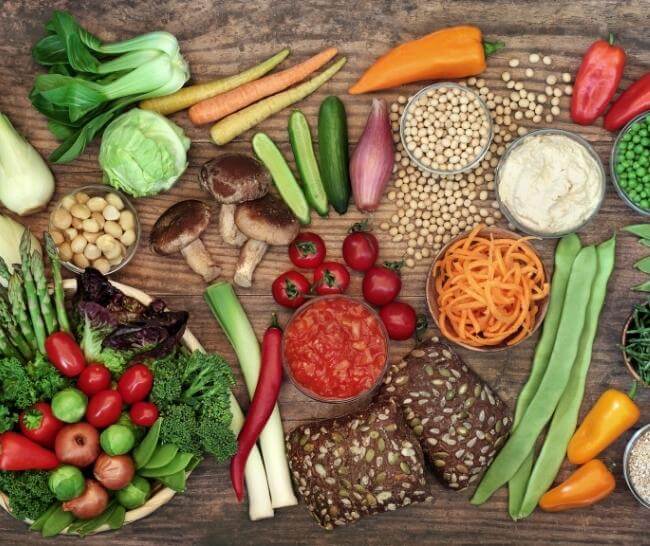
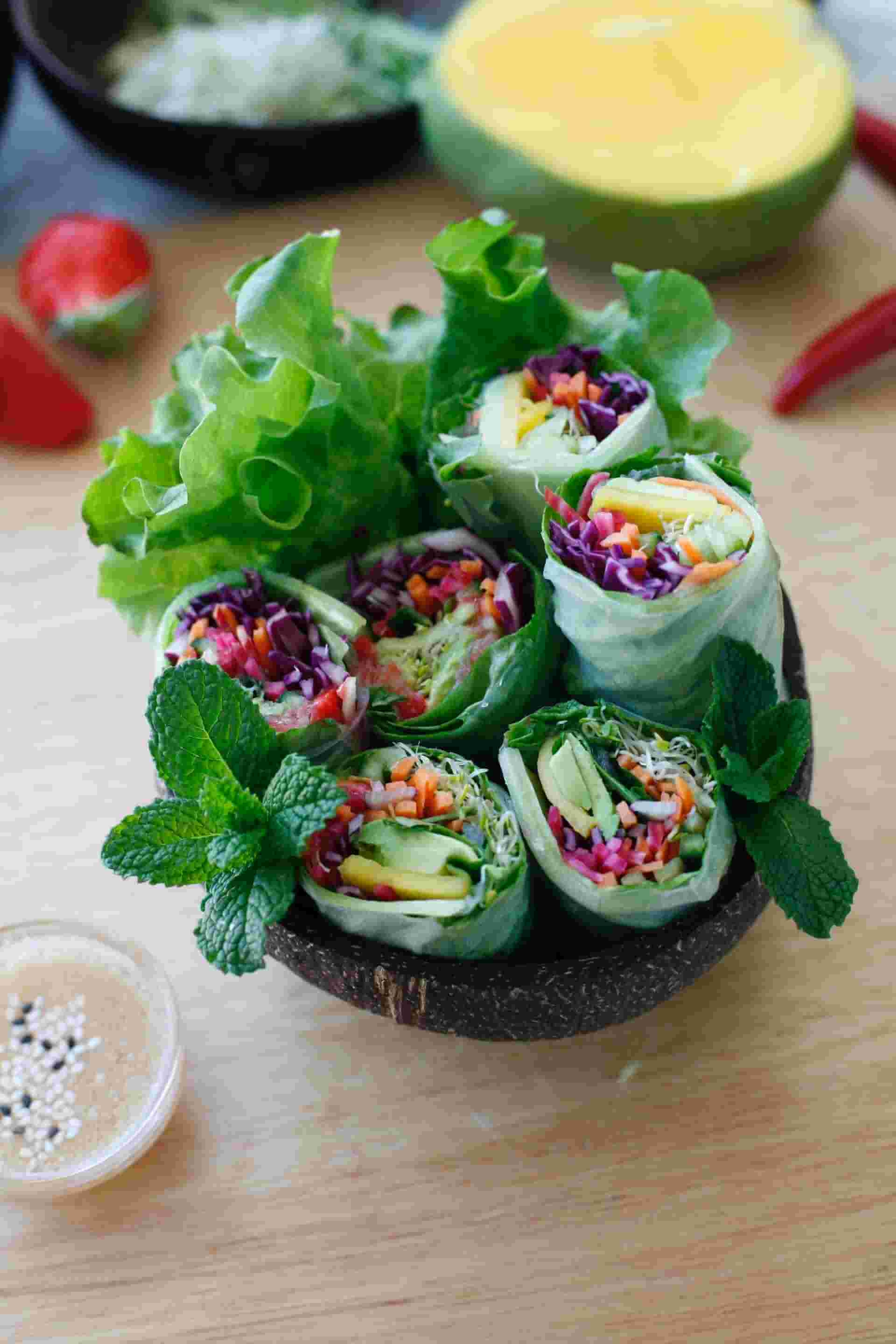

.jpg)

